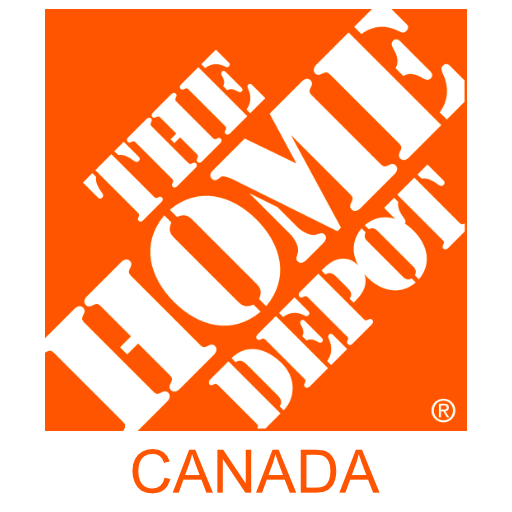AC
Short for Alternating Current, the type of power that comes from the wall outlets in your home.
AC Horsepower (HP)
A unit of power that indicates how much work a pump can perform when connected to a working wall outlet. The higher the horsepower, the more powerful the pump is, allowing it to move more fluid, overcome greater pressure, or lift fluid to higher elevations
Bearings
Mechanical components that support the rotating shaft of the pump, allowing it to spin smoothly while minimizing friction and wear. Bearings are essential for maintaining the pump’s efficiency, reliability, and longevity.
Continuous Duty Pump Type
A pump designed to operate continuously, without rest. Typically used in sump pits that are prone to a heavy inflow of water, such as homes built on a flood plain.
DC
Short for Direct Current, the type of power provided by a battery
DC Horsepower (HP)
A unit of power that quantifies a motor’s ability to convert electrical energy from a battery into mechanical energy to perform work, such as driving a pump to remove the water from a sump pit
Fasteners
Components, such as screws, that hold other components together
Head Pressure
In plumbing, specifically sump pumps, head pressure refers to the pressure exerted by a column of water left in the discharge pipe after the pump runs. Head pressure depends on the amount of water in the discharge pipe and is important when choosing the correct pump for your application.
Impeller
A rotating disk that has blades, or vanes, which move the water using centrifugal force up and out through the discharge pipe.
Intermittent Duty Pump Type
A pump designed to operate for short, irregular periods of time. In the context of sump pumps, these are typically used in environments where water accumulation is occasional rather than constant.
Max Head
The maximum vertical height a pump can push water straight up against gravity. It is the point at which gravity takes over the outflow in the discharge.
Motor Cooling
Most pumps are ‘oil filled’, using dielectric oil to draw heat from the motor and lubricate the bearings. That oil is in contact with the housing of the pump, which is cooled by the groundwater in the pit. ‘Water cooled’ motors have a combination of more efficient motors and better bearings, which create less heat and no need for cooling oil. The motor is pressed directly against the housing, which is cooled by the groundwater in the pit. Note: A small amount (less than 1 oz.) of food-grade oil is in the bearings of a PSC motor for lubrication, not for cooling the pump.
Motor Shaft
The rotating shaft that holds the impeller and causes it to spin when the pump is activated
Motor Type
Basement Watchdog pumps incorporate advanced Permanent Split Capacitor (PSC) motors for energy efficiency and reliability vs the older style shaded-pole motors.
Overheating Protection
Basement Watchdog AC pumps are protected from overheating by a self-resetting thermal circuit breaker.
Pump Discharge
The plumbing, typically 1½-inch PVC pipe, that carries the water out of the house or building, away from the pump.
Pump Flow @ 10 Feet
A measure of the amount of water a pump can move through a 10-foot vertical discharge pipe before exiting the home or building.
Pump Housing
The outer casing of the pump that encloses the pump motor.
Pump Max Head
The maximum vertical distance that a pump can move water.
Pump Seals
Internal seals that prevent moisture from reaching the motor or any electrical components of the pump.
Strainer
A filtration device, built into the base of Basement Watchdog pumps, that prevents the intake of objects that can harm the internal components of a pump.

